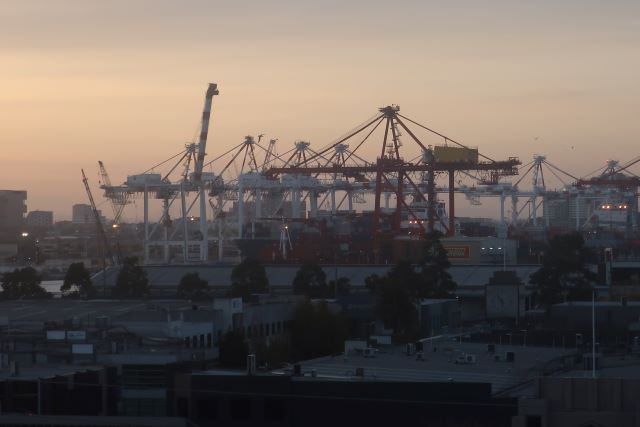
History and future of design at Fishermans Bend
A roof on the General Motors Holden site offers 3600 views of the 480 ha of Fishermans Bend.
The markers:
the River – the Port cranes and the cement silos
the Westgate Bridge
the city towers
the Bay
In the foreground, work is underway to remediate and prepare the former GMH site for the University of Melbourne and the Fishermans Bend Innovation precinct.
The Turner St connection between Salmon St and Todd Rd is emerging.
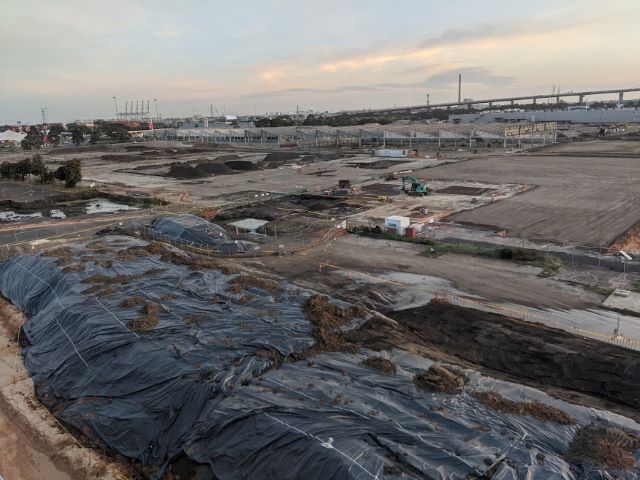
The public viewing from the rooftop preceded a panel discussion on Designing For Complex Futures: The Legacy And Future Of Design In Fishermans Bend as part of Melbourne Design Week.
What are the lessons to be drawn from the legacy of design in Fishermans Bend?
‘In ten years time, how will people ‘read’ and understand the design legacy of GMH?’ asked Jeff Robinson.
The retained buildings, for a start. But all speakers agreed that preservation for preservation’s sake was not what was sought. New life and purpose must animate old structures. The more robust and adaptable buildings are, the more likely it is that new uses will be found for them.
Heritage listing does not by or in itself guarantee that a building will be protected and have a new life, as the fatal deterioration of the heritage listed Rootes building in Salmon St shows.
Dr Harriet Edquist is a passionate advocate for the design work and culture that emerged from GMH’s Technical Centre on Salmon St. The enduring value lies not so much in the building itself, but in the design innovation and collaboration that was fostered there. The interplay between global and local designers, its influence and reach made it the leading design studio in Australia in its day.
The Technical Centre was nominated but did not receive heritage protection.
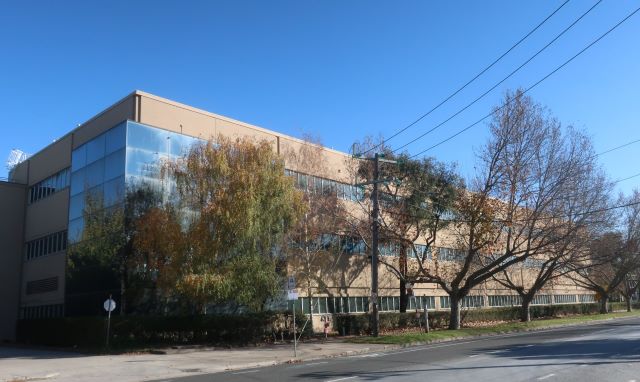
Dan Hill, Director of the Melbourne School of Design, said that ‘it is going to get harder and harder to demolish buildings’ from an environment and climate perspective.
A mural in the Technical Centre expressed the energetic imagination for the car in the 20th century.
But what is imagined for the 21st Century?
The Panel wholeheartedly agreed that Fishermans Bend must continue its legacy of making – using its large buildings, drawing on its design history, working with impressive industries and stimulating that collaborative culture which is the mother of innovation.
Landscape architect Matthew Mackay from ASPECT studios is responding to the pre industrial landscape and topography of the site. The studio is thinking about how water will be used in the ‘re-emergent’ landscape. Since ASPECT is also responsible for the City of Melbourne’s Greenline project, connecting threads and ideas may emerge and converge.
The watery nature of the site posed challenges to Daly Constructions in delivering the project to augment the existing power 66kV and 11kV networks at the site – a precondition for the site’s redevelopment.
The Daly Constructions team was excavating in sandy soils with the risk of trench collapse. They needed to mitigate the trench sidewall from subsiding, and prevent sand from falling into the trench. They also had to manage the shallow water table and dewatering the trench. In a single shift they removed and disposed of more than 150,000L of groundwater.
Their report1 on the scale, scope and challenges of their work makes belated sense of the disruptive closure of parts of Todd Rd and Cook St and Salmon St over the past year.
Meanwhile, South East Water seeks to acquire a site in Sardine St for a Water Recycling facility (WRF). It is one element of the Fishermans Bend Water Sensitive Cities strategy.
Other elements are green roofs, green walls and rainwater tanks in private developments, distributed storages, raingardens and tree pits in streets.
The WRF will mine the city’s sewage and treat it to class A recycled water standard. The water will be supplied to the Fishermans Bend area for toilet flushing and laundry, as well as for irrigating parks and public spaces.
South East Water would like to complete the land acquisition process by the end of 2023 in order to have the facility operational by 2030. They have asked the Minister for Planning to amend the Melbourne Planning Scheme to place a Public Acquisition overlay to the land.2
1 Overcoming challenges in Port Melbourne network augmentation project, Utility Magazine, 19 May 2023
2 Engage Victoria South East Water Fishermans Bend Water Recycling Facility Project
Sardine St runs parallel to the Westgate Bridge off Lorimer St.


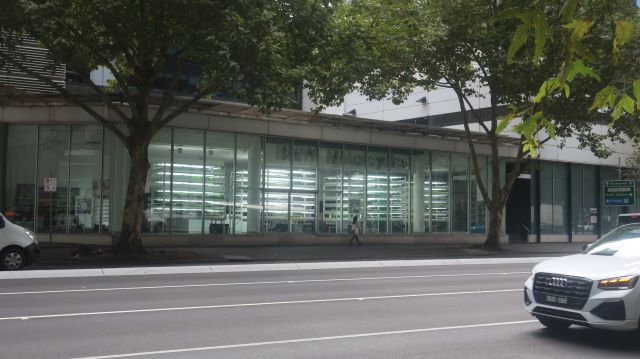
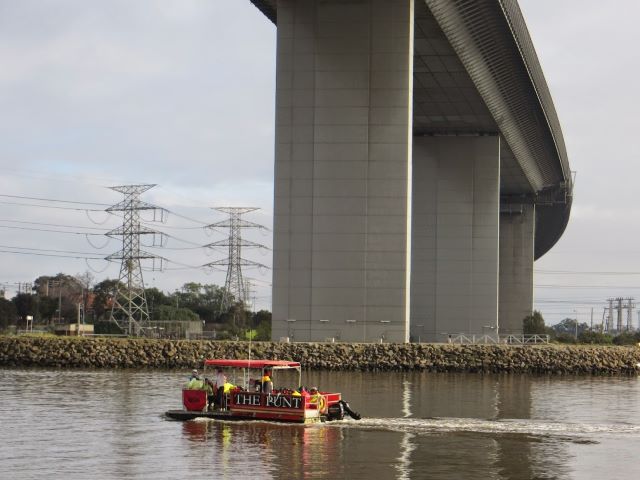
Linda
Very interesting update. Thank you Janet